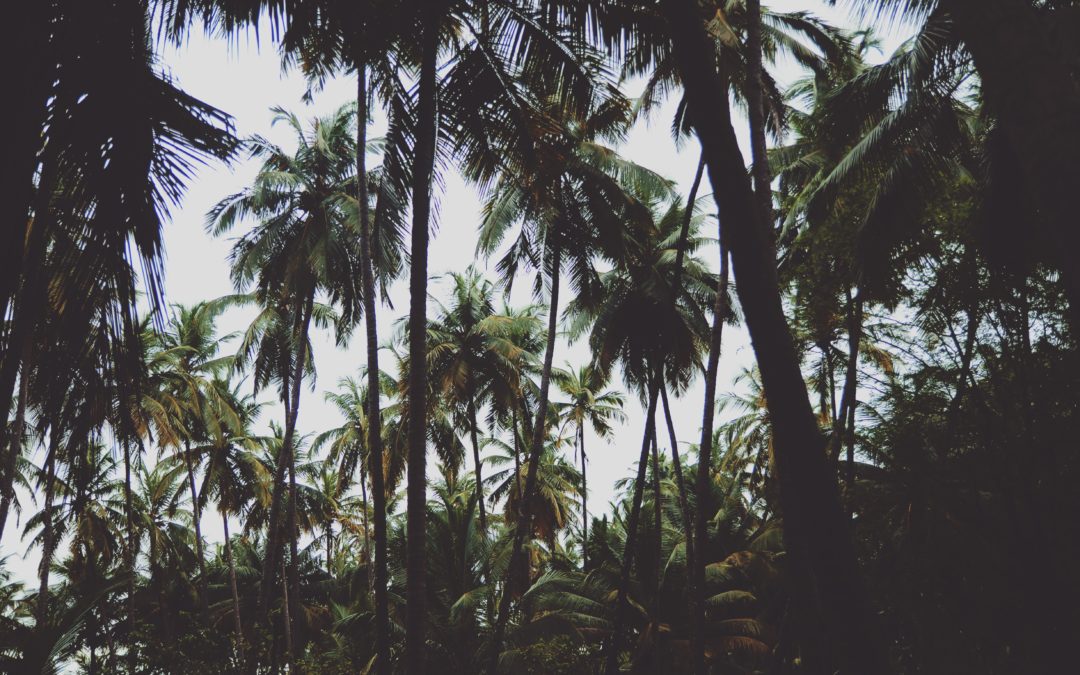While logic would dictate that the best way to regrow a tropical forest is to plant more trees, many ecologists disagree with the idea. Their argument is that this is not an efficient use of time, money, or resources that could be used in a more productive manner.
In fact, it has been proven that planting trees may do more harm than good. After the expansion of a tropical forest in China, the soil became extremely eroded. This resulted in a lack of water, hurting the country’s residents and agriculture.
Instead, ecologists are supporting the idea of using natural regeneration to restore tropical forests. The idea behind this is to preserve areas that are in need of some regrowth. By doing so, forests can recover in a more spontaneous manner. This happens when seeds that have been lying dormant in the soil start to grow. During the process of regeneration, seeds are likely to be moved by wild animals or even the wind, increasing the area where new trees are grown.
There are some advantages to relying on natural regeneration for regrowing tropical forests. One benefit is that a large infrastructure is not needed. Another benefit is implementing this type of regeneration is also cost-effective.
When it comes to natural regeneration the first step in the process is to obtain the needed grains to replenish the forest. Landowners and other residents must come together to determine how the regeneration is going to be paid for and who is responsible for what.
While most regeneration is spawned by the animals moving the seeds, in some places this becomes a problem. Tropical forests that are frequented by hunters often have a lack of animals living on the land. This can make a difference in the trees one finds in a particular forest.
For example, tropical forests in Brazil that lack animals to spread the seeds often have trees with thicker trunks than forests that do have animals on hand. Because of the lack of animals, only small seeds are dispersed throughout the forest. This results in trees with light wood, which has much less carbon stored in them than the thicker trees do. The lack of stored carbon leads to a smaller population of animals, and tropical forests suffer as a result.

